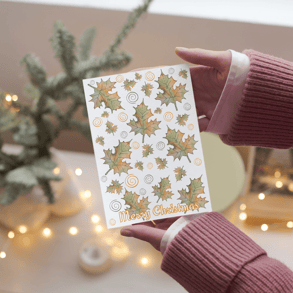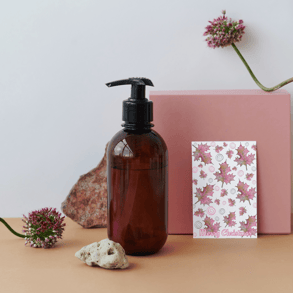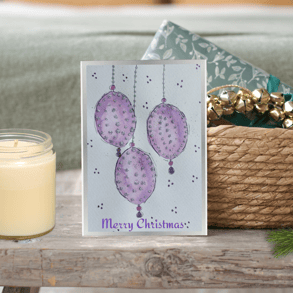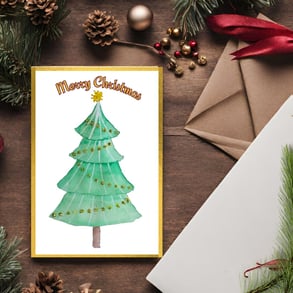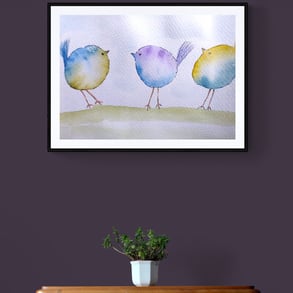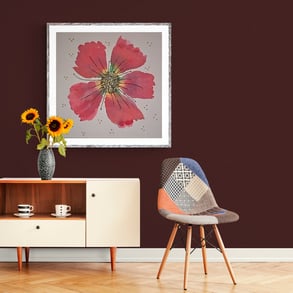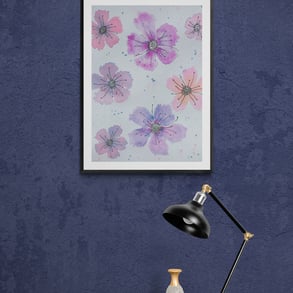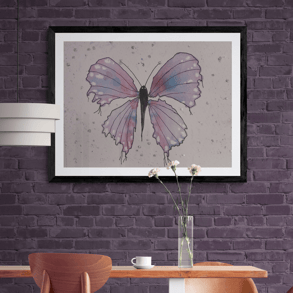The Art of Watercolor: Discovering the Delicate Beauty and Techniques
Discover the various forms of watercolor art.
WATERCOLOR ART
11/19/20233 min read
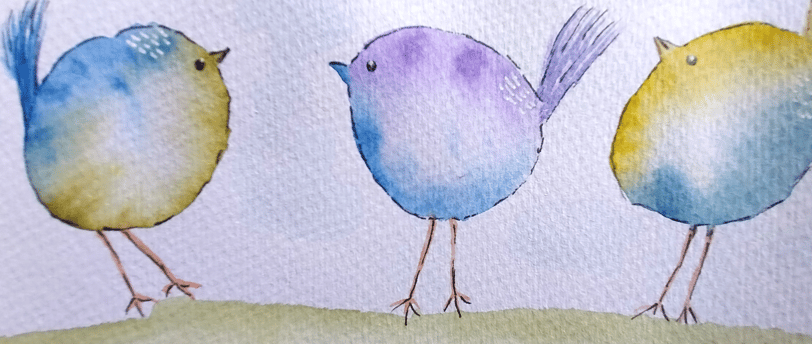

Introduction
Watercolor painting is a captivating and versatile medium that has been cherished by artists for centuries. Its unique characteristics and ethereal qualities make it a favorite among art enthusiasts. In this blog post, I will explore the world of watercolor, its history, and the various techniques used to create stunning works of art.
A Brief History of Watercolor
Watercolor painting can be traced back to ancient civilizations, with evidence of its use found in Egyptian tomb paintings and medieval illuminated manuscripts. However, it gained prominence during the Renaissance, when artists like Albrecht Dürer and Hans Holbein the Younger used watercolor as a medium for their detailed botanical and portrait studies.
In the 18th century, watercolor became a popular medium for landscape painting, with artists like J.M.W. Turner and John Constable pushing the boundaries of the medium. The 19th century saw the establishment of watercolor societies, further solidifying its place in the art world.
The Beauty of Watercolor
Watercolor's appeal lies in its delicate and transparent nature. Unlike other mediums, such as oil or acrylic, watercolor allows light to pass through the pigments, creating a luminous effect. This transparency gives watercolor paintings a sense of depth and a unique visual quality.
The unpredictable and spontaneous nature of watercolor adds to its allure. As the paint mixes with water on the paper, it can create beautiful and unexpected effects, such as blooms and granulation. These happy accidents often add a touch of magic to the artwork.
Essential Watercolor Techniques
Understanding and mastering the fundamental techniques of watercolor is essential for creating beautiful paintings. Here are some key techniques to explore:
Wet-on-Wet Technique
The wet-on-wet technique involves applying wet paint onto a wet surface. This technique allows the colors to blend and bleed into each other, creating soft edges and smooth transitions. It is ideal for creating atmospheric landscapes or dreamy backgrounds.
Dry Brush Technique
The dry brush technique involves using a brush with very little water and a thick, concentrated paint mixture. By dragging the brush lightly across the paper, you can create texture and add details to your painting. This technique is perfect for capturing the intricate details of flowers or architectural elements.
Glazing Technique
The glazing technique involves layering transparent washes of color on top of each other. By building up multiple layers, you can achieve a luminous effect and create depth in your paintings. This technique is commonly used in portrait painting to achieve subtle skin tones and in still life to capture the play of light on objects.
Wet-on-Dry Technique
The wet-on-dry technique involves applying wet paint onto a dry surface. This technique allows for more control and crisp edges in your paintings. It is perfect for capturing fine details and creating intricate patterns.
Splattering Technique
The splattering technique involves flicking or splattering paint onto the paper using a brush, toothbrush, or even a sponge. This technique adds texture and a sense of movement to your artwork. It can be used to create a starry night sky or to add interest to a textured background.
Materials for Watercolor Painting
Having the right materials is crucial for achieving the best results in watercolor painting. Here are some essential materials to get started:
Watercolor Paints
Invest in high-quality watercolor paints that offer a wide range of colors. Opt for professional-grade paints that have a higher pigment concentration, as they provide better color intensity and lightfastness.
Watercolor Brushes
Choose a variety of brushes in different sizes and shapes. Synthetic brushes are a more affordable option, while natural hair brushes, such as sable or squirrel, offer superior water-holding capacity and precision.
Watercolor Paper
Watercolor paper comes in different weights and textures. Choose a heavier weight paper (around 140lb/300gsm) that can withstand the wetness of watercolor painting. The texture of the paper, whether rough, cold-pressed, or hot-pressed, will affect the final look of your artwork.
Palette and Water Containers
Use a palette with wells to mix your colors and keep them organized. Have separate containers for clean water and dirty water to prevent muddying your colors.
Masking Fluid
Masking fluid is a liquid used to preserve white areas in your painting. It can be applied with a brush or a pen and is particularly useful when painting intricate details or preserving highlights.
Conclusion
Watercolor painting is a captivating art form that allows for endless creativity and expression. By exploring the techniques and embracing the unique qualities of watercolor, you can create beautiful and evocative artworks. So, grab your brushes, paints, and paper, and let the magic of watercolor unfold on your canvas!
Below are a few of my recent watercolor paintings. Still learning, still growing, have so much to learn.
Check out my Youtube channel to see some of the creation videos.
“We don’t make mistakes, just happy little accidents.” – Bob Ross
